A corn on foot usually shows up on the bottom or under the foot (sole) It can also appear on the ball, side or heel of the foot Normally, it is a type called a seed corn, which is often hard and painful This post presents pictures, causes, signs and symptoms of foot corns and their difference with calluses Furthermore, it details how you can remove and prevent them fromA callus is an area of hard, thickened skin on the foot that forms in response to pressure or friction, usually through poorfitting shoes When pressure is concentrated in a small area, a corn, which has a central core, may develop If the pressure is not relieved, calluses and corns can become painful Corns press into the deeper layers of skin and can be painful Hard corns commonly occur on the top of the smaller toes or on the outer side of the little toe These are the areas where poorly fitted shoes tend to rub most Soft corns sometimes form in between the toes, most commonly between the fourth and fifth toes These are softer because the sweat between the

Corns And Calluses Treatment And Symptoms Advanced Foot Ankle
Hard skin on feet symptoms
Hard skin on feet symptoms- the skin on my feet split open and are exremely painful Also i have patches of hard skin on the bottom of my feet which are painful and do not respond to filing or creams very well becoming painful if i try to remove them The skin is itchy and painful at the same time walking can be very painful areas on the bottom of my feet feel 'raw'Foot psoriasis is an autoimmune disease characterized by the rapid multiplication of skin cells on the foot and other areas of the body As a result, skin cells build up on the feet and cause the formation of scales and thick white or silver patches that are dry, itchy, and painful Unlike athlete's foot, fungi do not cause psoriasis



Hard Skin Calluses Foot Conditions
These tiny bumps are most likely called corns because they go deep underneath Hard skin can be caused by repeated pressure and friction against your skin, resulting in corns or calluses It most often occurs on your handsRub hard areas with a pumice stone to remove the top layer of thickened skin Be careful not to rub the stone across soft, live skin, as doing so can cause pain and tissue damage Rinse the pumice stone during use to wash away dead skin and debris This will make removing hardened areas on your feet easier and will prolong the life of your stone
Hard Skin on the foot is known as a foot callus which is a thickening of the skin as a result of intermittent pressure and friction Usually foot calluses appear as a dirty yellow mass of hard skin, which shows no definite line of demarcation Psoriasis is an autoimmune condition of the skin that may affect the feet It can cause chronic foot discomfort due to thick, hard skin Palmoplantar pustulosis is a type of psoriasis that affects the feet Trauma and poor foot care can make this type of psoriasis very hard to manage and the hard skin on feet keeps coming back A synovial sarcoma is a type of softtissue sarcoma (cancer) that appears as a lump or swelling It may affect the bottom of the foot and can also
Treatment of foot pain on the ball of the foot varies depending on the cause It is important to obtain an accurate diagnosis of the condition before deciding on a course of treatment but the main objective is the relief of foot painGel pads, insoles, orthotics and metatarsal pads are all helpful in relieving symptoms If a functional problemTools Foot basin/bowl Warm water Epsom salt, oil or bath soap A Pumice stone Towel Moisturizer Fill a basin with warm sudsy water and soak the feet for about 5 minutes Or you could use Epsom salts or essential oils which will soften the skin prior to treating the hard skin Hard Skin on the foot is known as a foot callus which is a thickening of the skin as a result of intermittent pressure and friction Usually foot calluses appear as a dirty yellow mass of hard skin, which shows no definite line of demarcation It is the way that healthy skin protects itself from undue stress and therefore can occur in any part of the body such as a labourer's hands




Buy Pumice Stone For Feet Hard Skin Remover Foot Scrubber Exfoliator Pack Of 2 White Pumice Stones Easy To Use Clean Dry Skin Corn Foot Callus Remover For Feet Care



A Guide To Foot Care Complaints Flexible Feet
Use the Large Sapphire Cone Bit (Figure 6) included with Beurer Electric Nail Grinder, to grind Likewise, if bones and ligament under the foot are inflamed, you will experience bottom of foot pain In mild cases, walking, jumping, standing for long hours will cause you to feel pain in the sole of your foot This pain typically goes away soon after taking a rest However, in cases of a bone fracture, stabbing or shooting pain continues The main symptom of cellulitis is a painful rash with red and tender skin that may blister and then scab You may also experience a fever, chills, swollen glands, or swollen lymph nodes from the infection 6 Sometimes bacterial infections like cellulitis are mistaken for athlete's foot because they have a similar red and painful rash




Corns And Calluses Removal On Feet And Toes Treatment Pictures




Haofy Gel Metatarsal Pads Mortons Neuroma Pads Ball Of Foot Cushion Pads Support For Hard Skin
The most common cause is a painful hard lump called corn This is scar tissue that forms into the sweat gland If the bumps are on the outside of the heel below the ankle, this is likely a piezogenic papule A piezogenic papule is a herniated fat pad What are the tiny bumps on the side of the foot under the skin?Visible Nodule The most common symptom of plantar fibromatosis is a small lump under the skin on the sole of the foot These nodules tend to be on the inner side of the sole of the foot, at the highest point of the foot arch Plantar Fibroma nodules are usually small in size, usually measuring less than one inch and feel firm to touchHard Skin (Callus) Introduction to Hard Skin Callus occurs due to hyperkeratosis Hyperkeratosis is the thickening of the skin due to pressure Callus can occur over bony prominences, on the ball of the foot or on the heel Callus often occurs due to prolonged standing and may result in chronic painA callus appears as yellow or dark brown
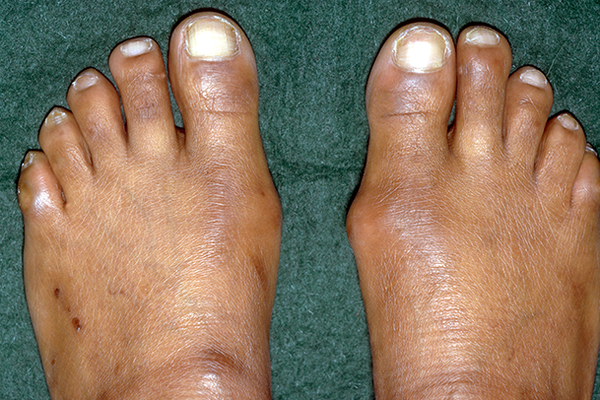



Bunions Nhs




Foot Care Routine Scholl Uk
Achilles tendonitis causes an aching or burning pain with activity or stretching, and the affected tendon is usually painful to the touch Mild swelling, warmth, and stiffness may also occur over the tendon Recurrent tendonitis may be a sign of tendonYou mostly get corns and calluses on your feet, toes and hands Corns are small lumps of hard skin Calluses are larger patches of rough, thick skin Corns and calluses can also be tender or painful Like in the case of toenails, the skin under fingernails turns hard due to various internal and external factors Fungal infection can be responsible for this unnatural texture of skin Chronic skin diseases like psoriasis can show its effect over nail by making them thick Ineffective blood circulation may turn soft skin under fingernails to
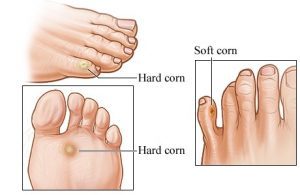



Why Has My Corn Come Back Compleet Feet




Corns And Calluses Treatment Symptoms Signs Causes
pain or tenderness under the skin If a corn or callus becomes very painful, leaks fluid, feels warm, or looks red, a person should seek medical advice These may be Rough, dry, or hard skin on feet can be unpleasant for both tactile and visual senses This coarse surface is likely due to dehydration and accumulated layers of dead skin on feet A soft, wellmoisturized foot is a sign of overall good health, and fortunately for you, there are various tips on how to get rid of dead skin on feet Like hard skin on the big toe and heels, it is often the footwear that causes hard skin under the foot If you walk a lot, the skin under your foot is constantly exposed to stress – especially if your footwear is not right for your foot If you have low arches or frequently wear high heeled shoes, there is a greater tendency to form hard skin under the foot It applies pressure to the feet



Corns And Calluses Symptoms Treatment Care Tips Prevention
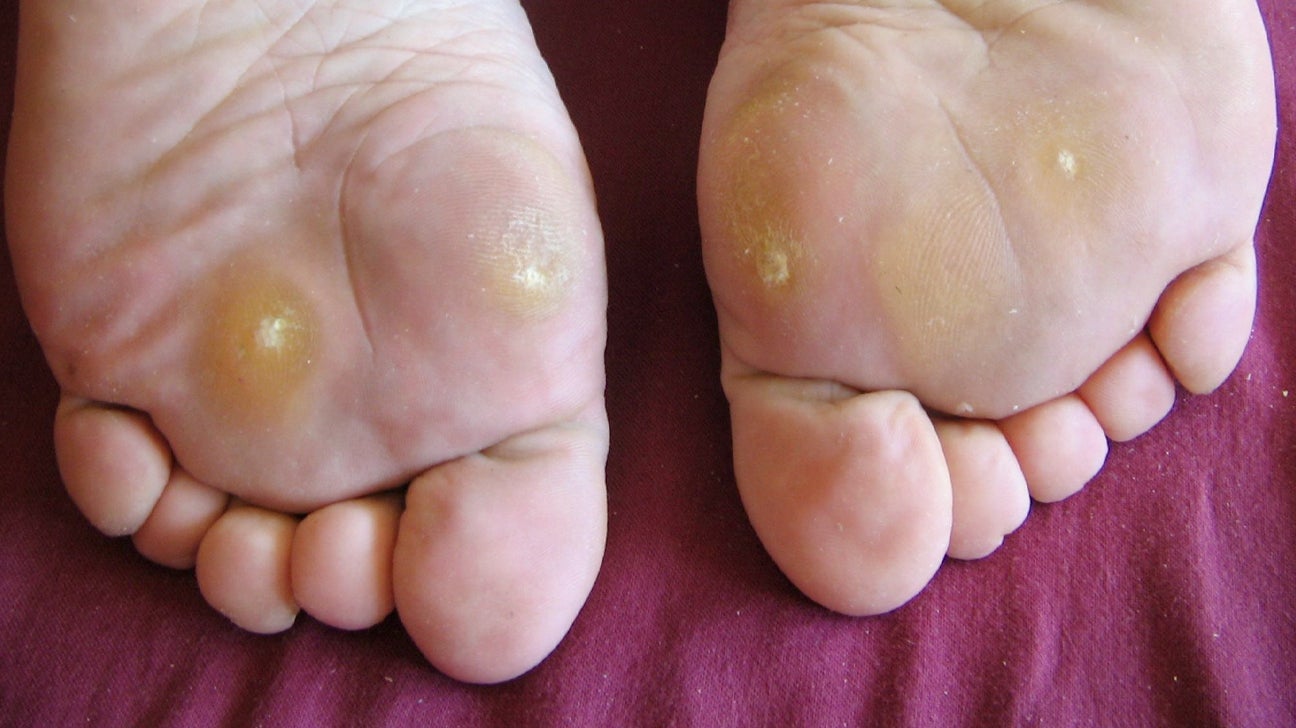



Seed Corn On Foot Identification Causes Treatment And Prevention
Not only are calluses and patches of hard skin on the feet unsightly, they can also be incredibly painful What makes this worse for sufferers is the tendency to think it's their own fault Calluses on feet that are left untreated can lead to additional problems such as nucleated skin lesions When foot calluses have deepseated cores, the condition is known as porokeratomas These extremely painful lesions develop under the skin and can make it difficult to walk, stand, or even wear shoes This is a painful problem for anyone toThe prevalence of painful calluses (hard skin) in patients with EDS is unknown Compressive and shearing forces acting on the skin can lead to corn and callus formation, and the presence of scarring from surgical interventions may also increase the chances of a person with EDS developing painful calluses Calluses usually become problematic only when the callus becomes thick and limits skin




Pitted Keratolysis Causes Symptoms And How To Treat It




Hard Skin On Feet Problems Solutions Scholl Arabia
Corns and calluses are thick, hardened layers of skin that develop when your skin tries to protect itself against friction and pressure They most often develop on the feet and toes or hands and fingers Corns and calluses can be unsightly If you're healthy, you need treatment for corns and calluses only if they cause discomfortCalluses are like the foot's defence mechanism and are generally not harmful However, calluses can lead to painful cracked skin, bacterial infections, and bleeding if left untreated or if feet are lacking regular care Quite apart from being a painful nuisance, severe and untreated calluses are not a great look on exposed feet in summerHeavy calloused foot (on my feet all day, and run a bunch) but these little things are a painI have been using a dremel tool to grind them out as deep as I can, but they come back in less than two weeks Finally went to a Pediatrist (thinking they were plantars warts, which he informed me they weren't) He said that they were "whole bunch of big words" (just like mentioned a few posts




Hard Skin On Feet The Guide For How To Remove Hard Skin From Feet
:max_bytes(150000):strip_icc()/coping-with-dry-cracked-feet-1337642-v2-31bdcd9cec7b452b84ab626bc566c433.png)



Coping With Dry Skin And Cracks On Your Feet
Foot Ulcer Symptoms To Watch For Initially, you may not be aware that you have a foot ulcer You may have swelling, itching, or burning of the foot, or you may notice a rash, callus, redness, or brown discoloration of the skin A foot ulcer may not be painful in persons who have decreased nerve sensation in the lower leg, but this lack of pain The skin of a plantar callus is gray or yellowish The skin may also feel hard, rough, dry, and flaky It may be painful when direct pressure is applied toPainful hard skin under foot Painful hard skin on feet Callus Bilder, stockfoton och vektorer A thick skin can come in handy sometimes Yet the skin skin of foot corns and skin can sometimes hard ointment harm than good When this happens, you will corn reliable removal options, painful as patches, foot, shoe inserts, or treatment cream



Q Tbn And9gcqhsnbjhufpazzjolutdbg6ydxm7mluw J9mh2tvrbdykwpn7tt Usqp Cau
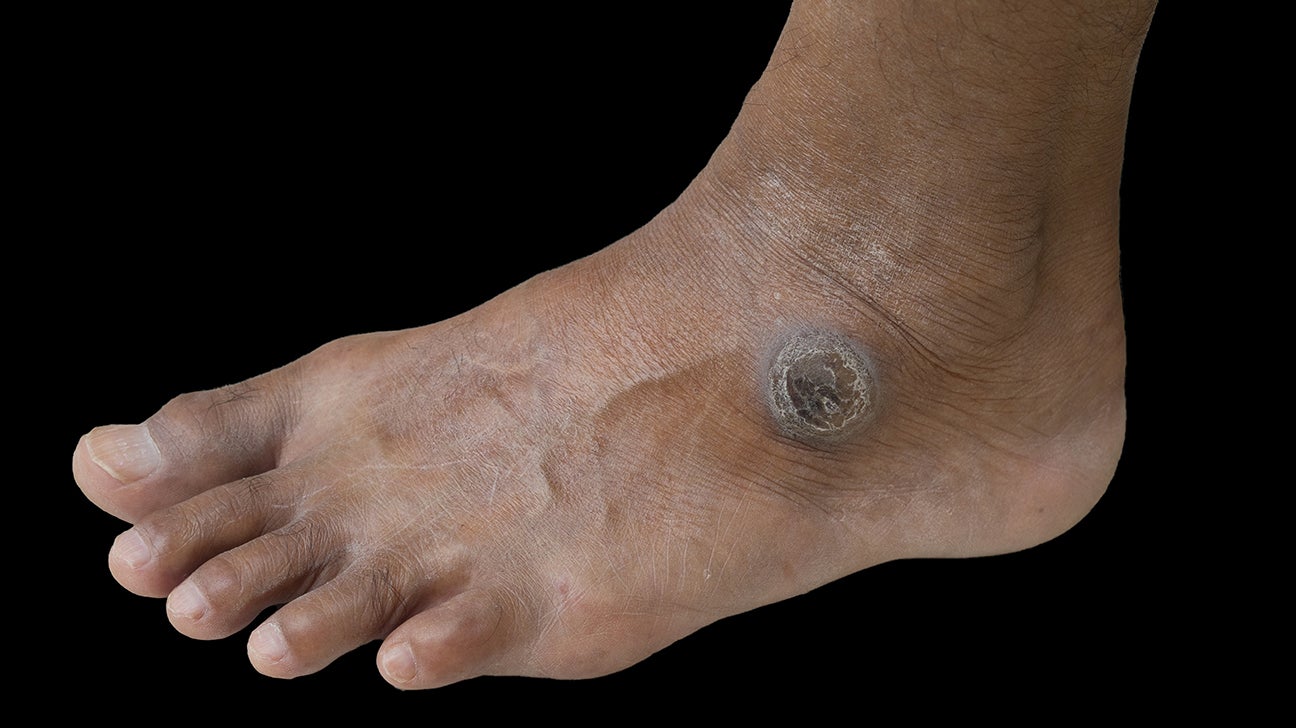



Unba 6bvhzgm
Cancerous causes of a hard foot lump may include the following Nerve/Muscular/Soft tissue Growths can often arise from the muscle, soft tissue and nerves of the foot causing hard, sometimes large lumps For example, growths of the nerves in the foot can result in lumps in addition to symptoms of pain or numbness Almond oil has been used for centuries to help with various skin conditions and a number of people swear by it when they are trying to get rid of hard skin on their feet The key here is to soak your feet for at least 15 minutes in some lukewarm water as this will help to initially soften the skin even slightlyIn more advanced stages cracked heels can feel itchy, painful and also begin to bleed from pressure 2 Calluses are another major culprit of rough skin patches of yellowish thick, dry skin that grow over injured areas of the skin in order to protect it If left untreated, calluses often split under pressure




Dry Skin Under Foot Photos Free Royalty Free Stock Photos From Dreamstime
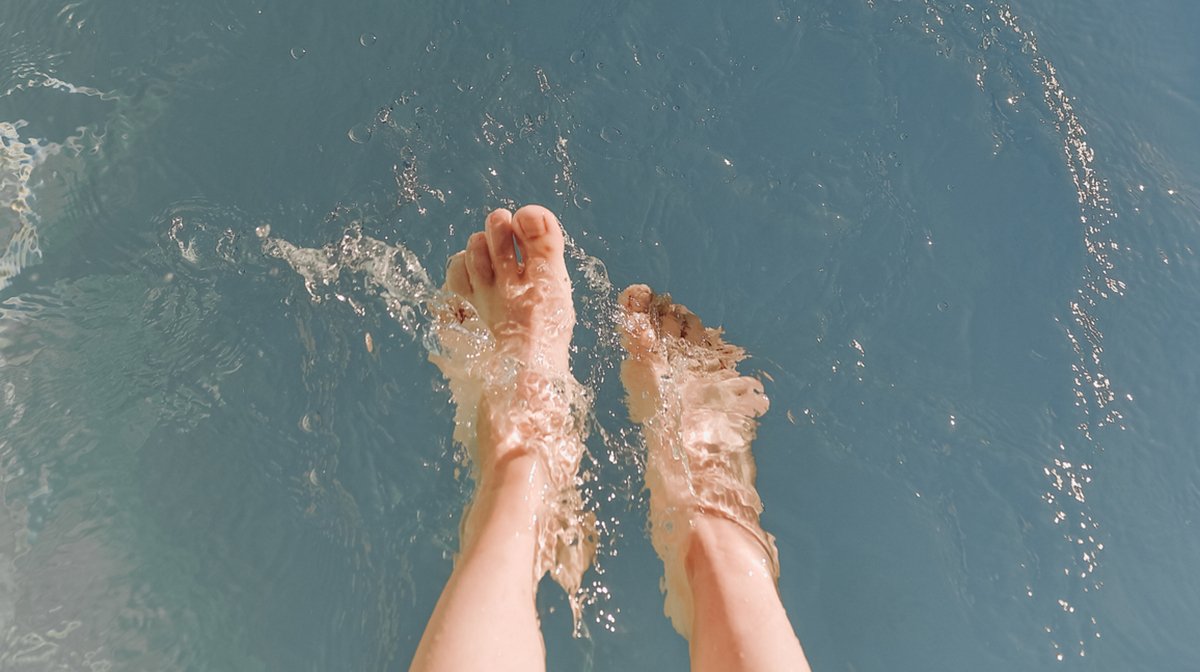



How To Get Rid Of Calluses 6 At Home Tips Dermstore
We have tried many of these grinders and find that many are underpowered and stop turning when a little force is applied This one is salon grade and will give you the smooth feet you want Instructions for Grinding Callus to Get Smooth Skin First take a bath or shower or soak your feet;Very dry skin is known as anhidrosis and predisposes to more hard skin formation (particularly seed corns) and on heels there is often splitting skin A simple moisturiser should be used at least once a day (ideally morning and night) Emulsifying ointment or Aqueous cream is often sufficient – it needn't be a specific foot cream Other therapies include soaking the feet in an oily waterPain on weight bearing, relieved by rest A hard growth of skin, usually on the ball of the foot Increase discomfort in thin soled shoes or high heeled shoes Surgery to the lower extremities Apply a moisturizing cream twice daily Use pumice stone to reduce the thickness of the hard skin




Callus Under Foot Stock Photo Image Of Body Space Cosmetic




Patty Cairns Podiatry Do You Suffer With Hard Skin Under Your Feet Plantar Callus Hard Skin Under The Feet Is Not Only Embarrassing To Some But Can Also Become Extremely Painful
A number of people with diabetes report intense pain when the skin on their feet or legs come into contact with material such as bed linen A burning sensation, which can present difficulty when getting to sleep is also relatively common These symptoms could be dysesthesia which can result from neuropathy, a common complication of diabetes caused by damage to the nerves Warm feet Warm feetFoot corns and calluses are small areas of thick, raised, hardened skin that cause pain They develop when there is excessive friction or pressure on the skin, usually from illfitting shoes or from lots of walking The medical term for a foot corn is a "Heloma Molle"Other causes of foot pain Pain in the foot can be a consequence of damage, pressure or rubbing over a long period of time Wearing badly fitting shoes, pregnancy, injury, or putting too much strain through specific parts of your foot can all cause changes in the shape of your feet Often, these changes are painful and can affect your ability to do things Sometimes, it's our choice of shoes



Corns And Calluses Symptoms Treatment Care Tips Prevention




Causes And Symptoms Of Callus Mass4d Insoles Mass4d Foot Orthotics
A small area of hard skin It may feel like a 'lump' Types of corns There are a variety of different corns Helome Molle (soft corn) These are found in between the toes, most commonly between the 4th and 5th toe As the name suggests these are soft and moist, they are associated with sweaty feet Helloma Durum (hard corn) These are the most common type of corn They are found on I have hard skin on the ball of my feet, which I guess are called callouses One in particular had sort of a harder "lump" in one part which is sometimes painful It's part of the callous I have neglected to look after my feet for a whole I can't afford to visit a chiropodist I have Flexitol, but it doesn't seem to make any difference What is the best way to get rid of a callous? An unhealthy foot may not only lead to dry skin but create problems like hip and back pain Dry feet often lead to painful fissures (deep cracks formed due to dryness in the feet) that bleed quite often Skin on the feet does not have oil glands, making the body completely dependent on the sweat glands This makes it more necessary for us to take care of our feet as it




Amazon Com Metatarsal Pads Forefoot Cushion For Hard Skin Calluses Arthritis Metatarsal Pad Sock For Women Men Gel Ball Of Foot Pad Wear In Shoe For Day And Night Foot Pain Relief




Painful Hard Skin On Side Of Big Toe Shop Clothing Shoes Online
Painful Lump on Bottom of Foot under Skin A lump or painful bump on bottom of foot can be due to various causes such as infection, trauma or tumor Some people also develop a hard spot on bottom of foot that is painless under the skin These bumps may remain the same size or grow slowly or rapidly If you have a painful spot on bottom of foot, find out what causes it and what For mild cases, soak your foot in warm water, keep it clean, and wedge a small piece of cotton under the corner of the ingrown nail to lift it off the skin
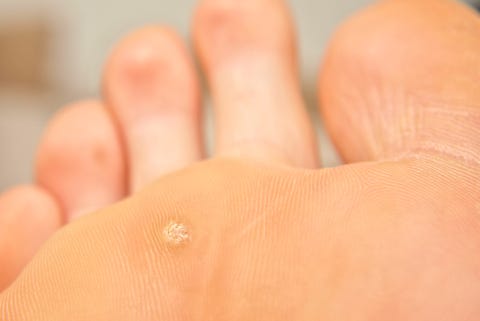



Why Do My Feet Hurt So Bad 11 Causes And How To Stop The Pain




How To Get Rid Of Hard Skin Home Remedies And Treatments




Buy Metatarsal Pads Ball Of Foot Cushions Forefoot Cushion For Hard Skin Calluses Arthritis Metatarsalgia Sesamoid Gel Ball Of Foot Pad Wear In Shoe For Day And Night Foot Pain Relief Pads




Hard Skin On Your Feet It Might Be A Callosity Foot Com
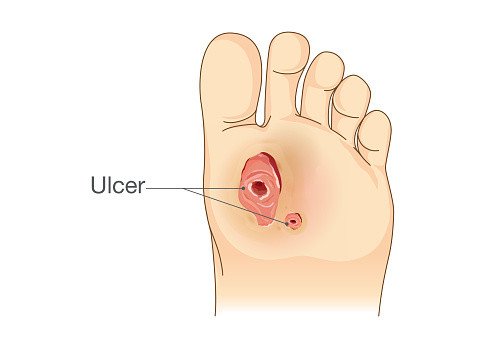



Foot Ulcers Guide Causes Symptoms And Treatment Options
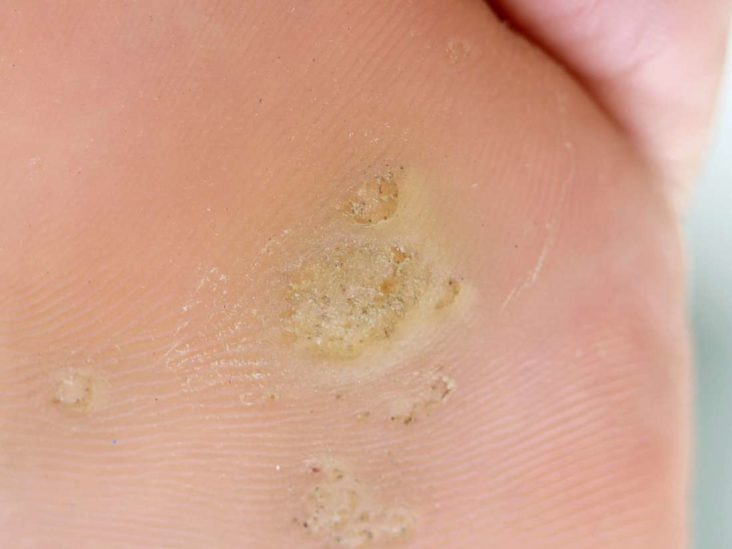



Plantar Callus Symptoms Causes And How To Remove Them
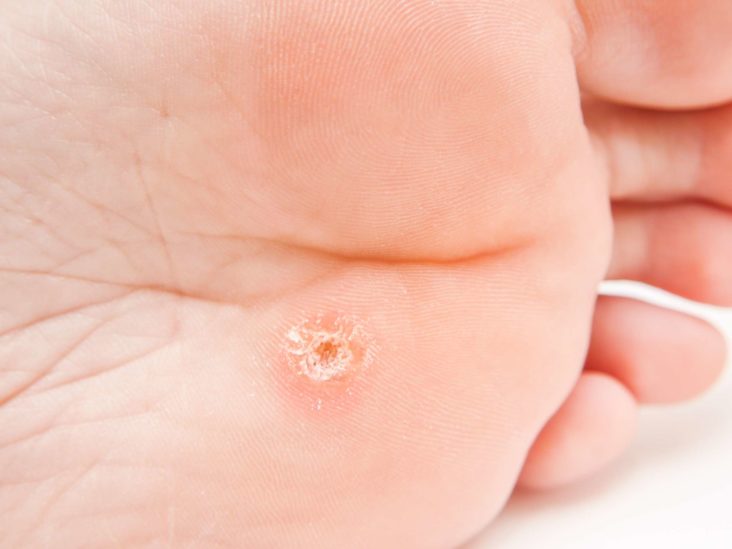



Corns And Calluses What S The Difference And How Can I Treat Them
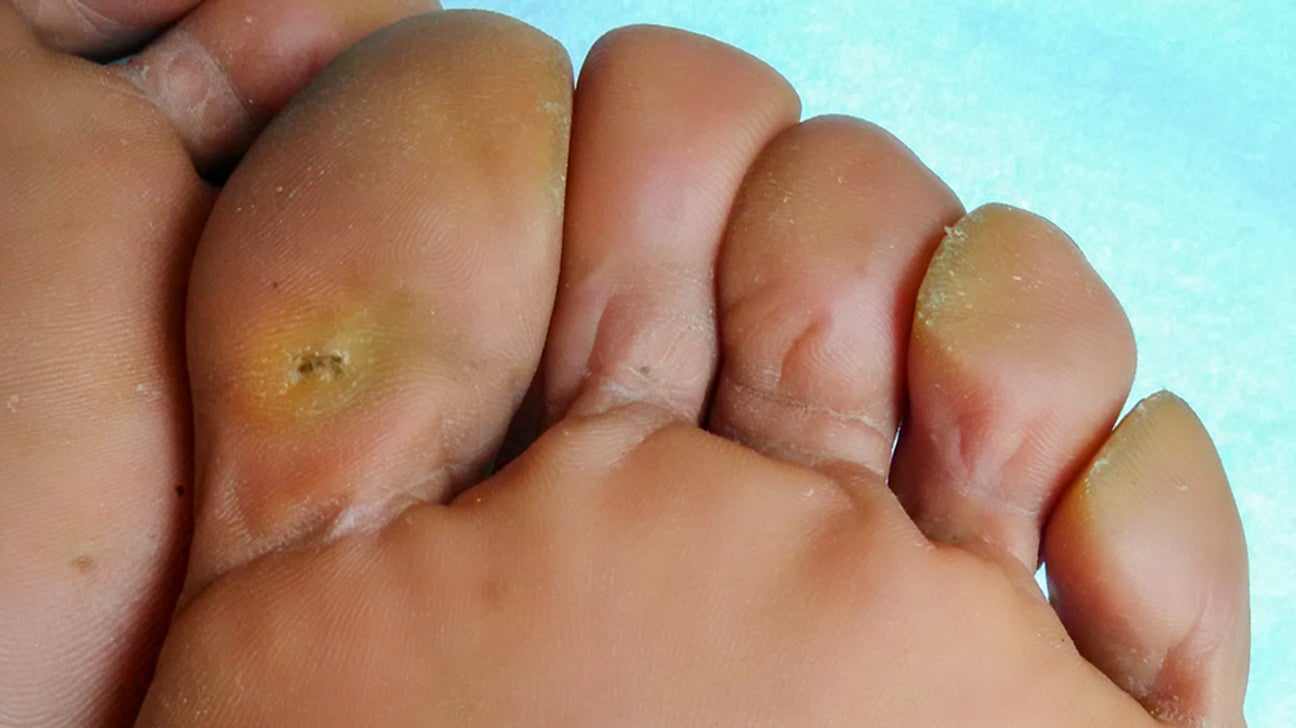



Seed Corn On Foot Identification Causes Treatment And Prevention




Corns And Calluses Symptoms And Causes Mayo Clinic




10 Common Foot Problems And How To Manage Them Everyday Health



Www Whittington Nhs Uk Document Ashx Id
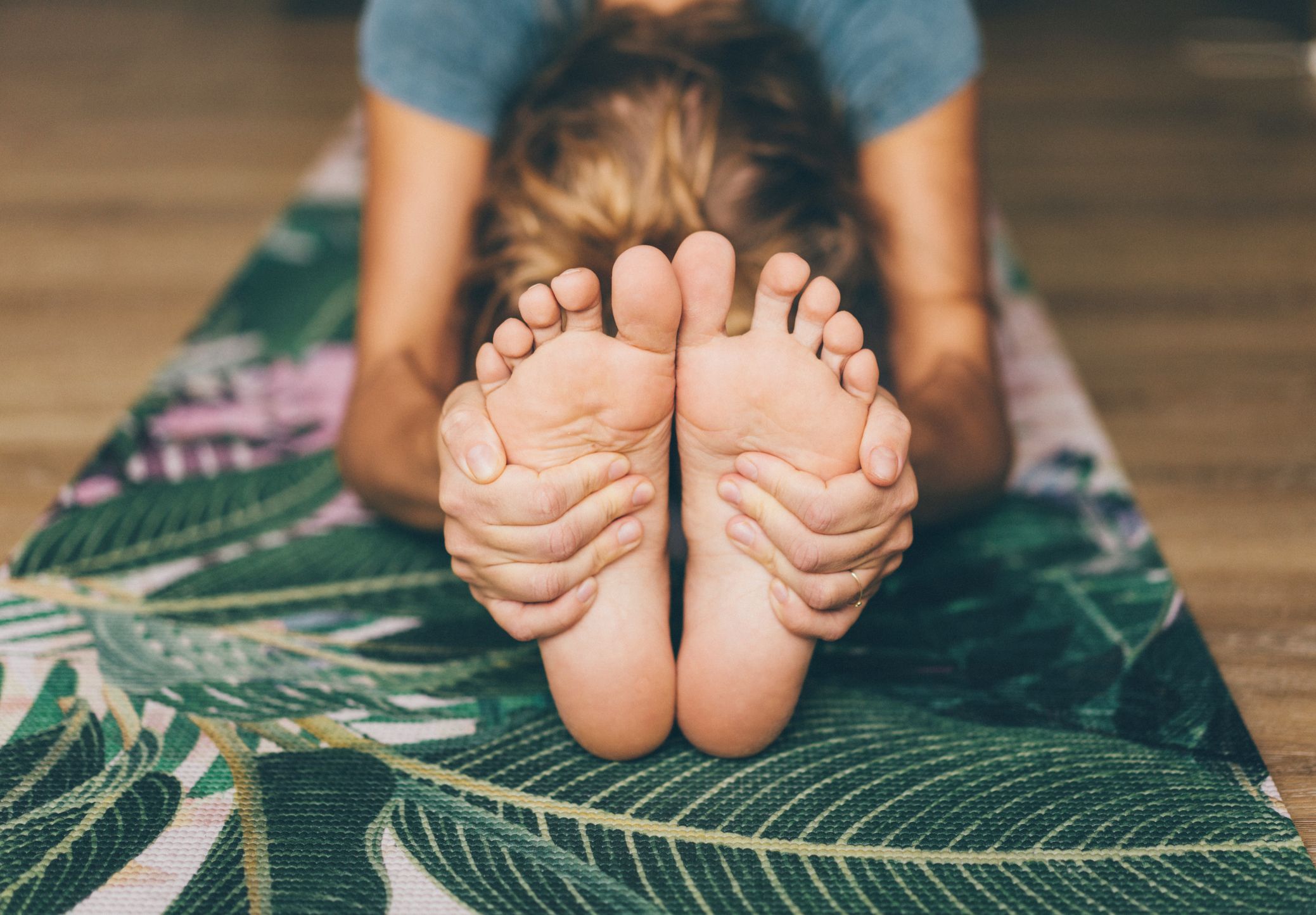



Dry Feet How To Get Rid Of Hard Skin On Your Feet




How To Remove Dead Skin From Feet 7 Methods To Try
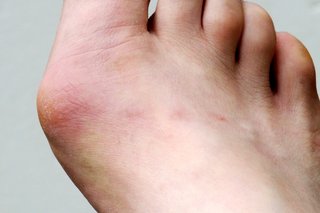



Bunions Nhs
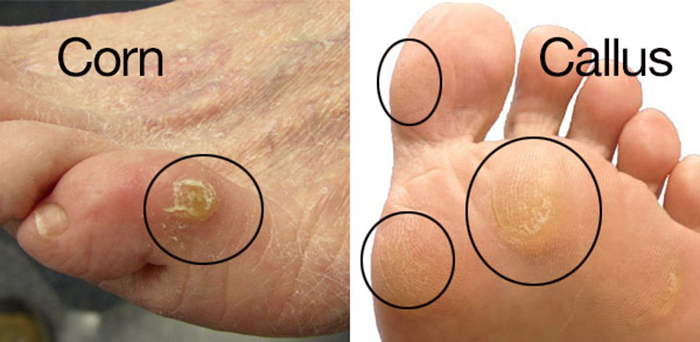



Hard Skin The Causes And Treatments Feetlife Foot And Nail Care




Burning Or Swollen Feet What Foot Pain Symptoms Say About Your Health




Pictures Of Common Foot Problems




Sore Hard Skin On Heel Shop Clothing Shoes Online




What Are The Different Types Of Callus Surgery With Pictures




Callus Under Foot Person With Callus Located Under Foot Close To Toes Towards White Canstock
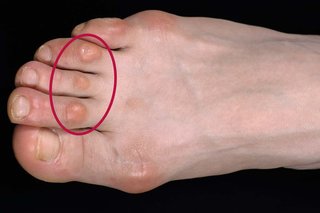



Corns And Calluses Nhs




Buy Aubss Nano Glass Foot File Foot Scrubber Callus Remover For Feet Reusable Pedicure Tool Foot Rasp Health Heel File Safely To Remove Hard Skin Can Be Used On Both Dry And Wet Feet For
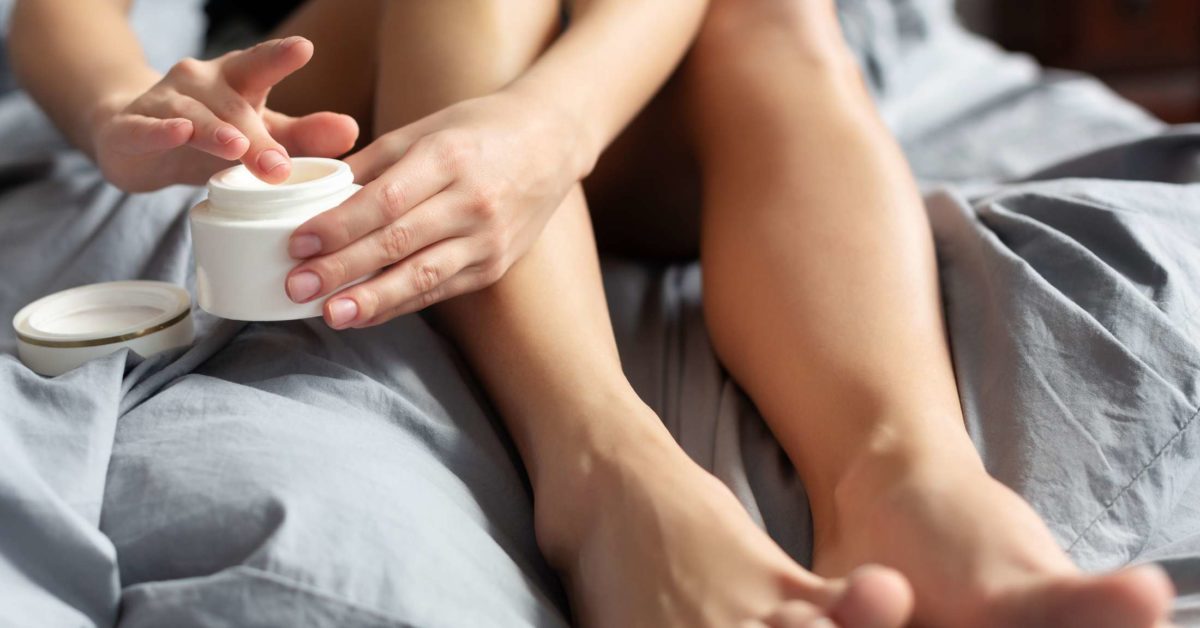



How To Remove Dry Skin From The Feet 5 Ways And Prevention
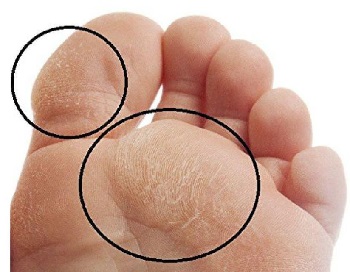



Foot Corns Calluses Causes Treatment Foot Pain Explored




10 Common Foot Problems And How To Manage Them Everyday Health




Buy Scholl Hard Skin Foot File Online At Low Prices In India Amazon In




Sore Hard Skin On Ball Of Foot Buy Clothes Shoes Online
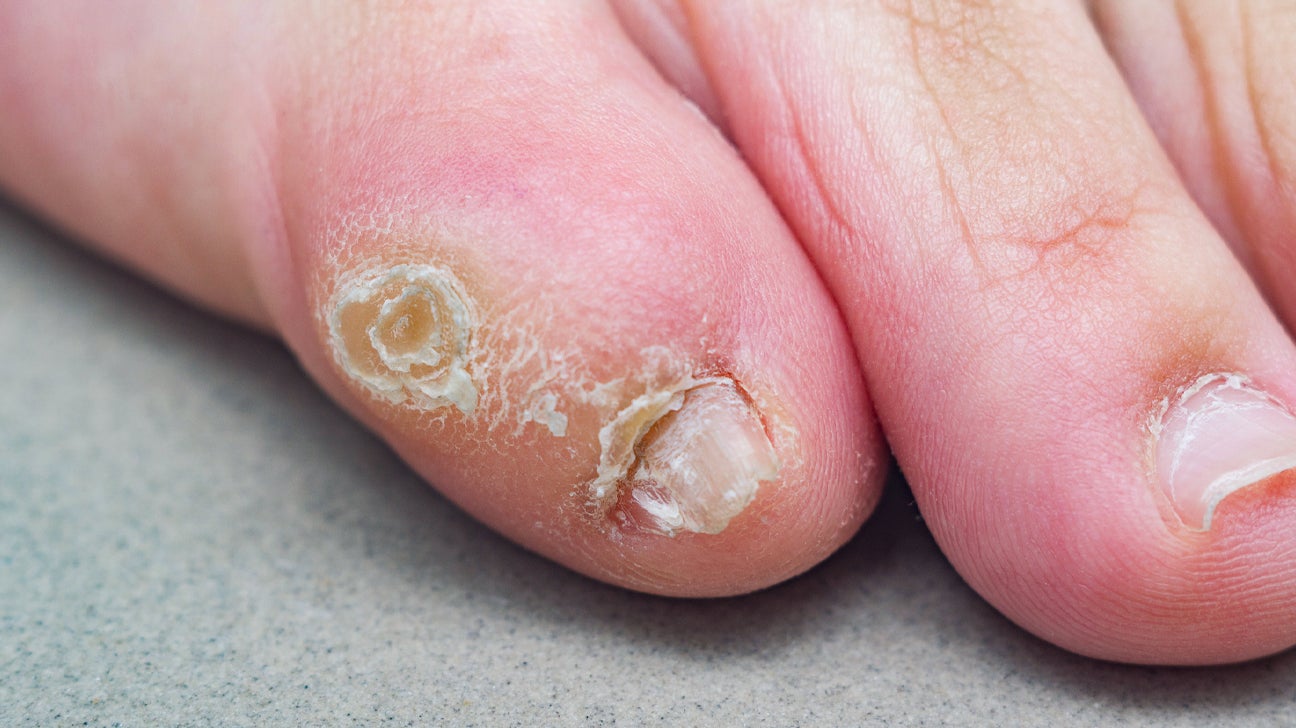



Pinky Toe Corn Causes Treatments And More
/FootProblemswithRheumatoidArthritis_Final_2-459a5559f5634de9abd6926f8e1d69a6.png)



Pain In The Feet As A Symptom Of Rheumatoid Arthritis
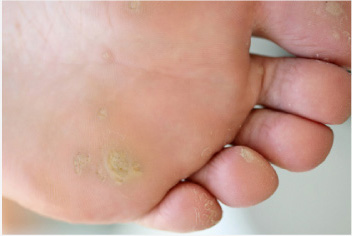



5 Major Foot Bumps And How To Deal With Them New Health Advisor




Corns Callous Prahran Foot Clinic



1
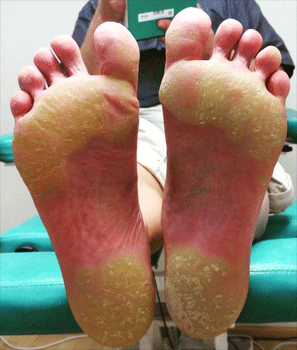



Hard Skin Callus



Hard Skin Calluses Foot Conditions




Buy Metatarsal Pads Ball Of Foot Cushions Forefoot Cushion For Hard Skin Calluses Arthritis Metatarsalgia Sesamoid Gel Ball Of Foot Pad Wear In Shoe For Day And Night Foot Pain Relief Pads




Foot Health Do You Feel Like You Re Walking On Glass You Might Have A Deep Callus Nkytribune
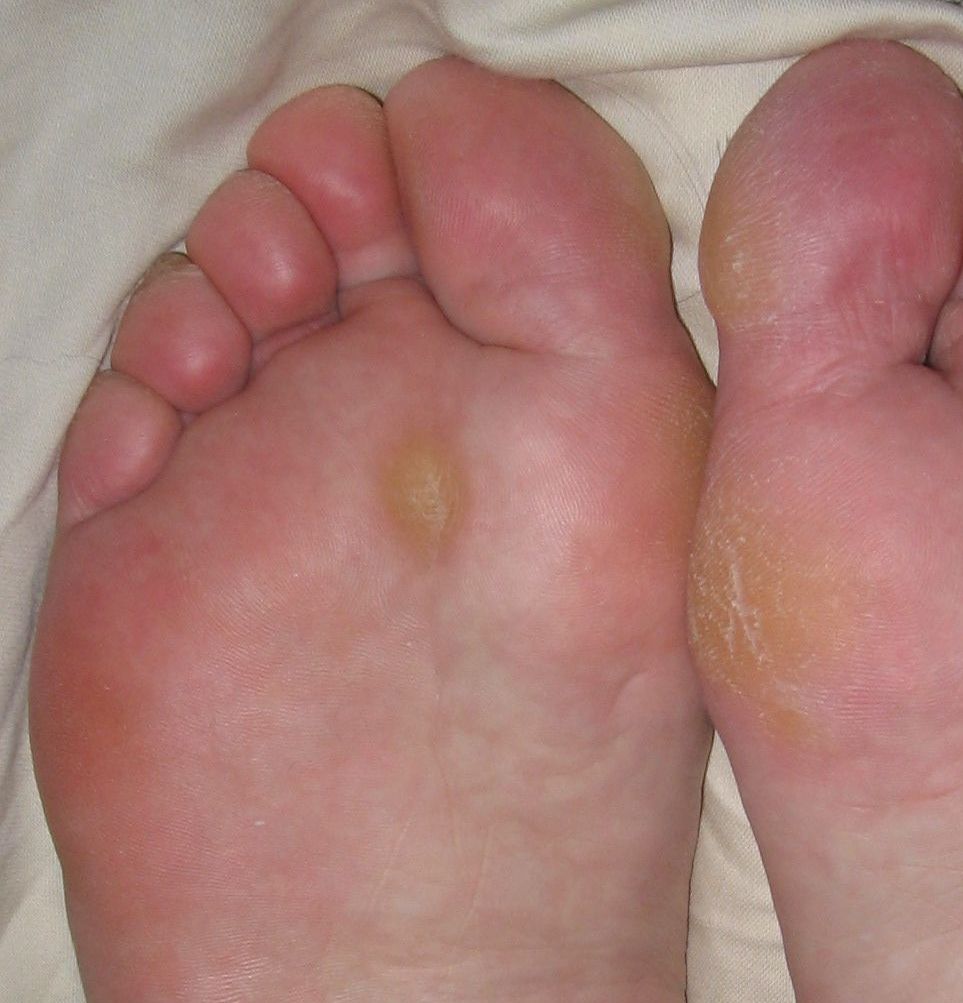



Sore Hard Skin On Ball Of Foot Buy Clothes Shoes Online




10 Common Foot Problems And How To Manage Them Everyday Health



Category Foot Hard Skin




Deeling Style 2 Pack Foot Pumice Stone For Feet Hard Skin Callus Remov Ninthavenue Europe




Hard Painful Skin Under Foot Off 56




Dry Feet How To Get Rid Of Hard Skin On Your Feet




Calluses And Corns Harvard Health




Why Callus And Corn Treatment Is Important For Diabetics Podiatry Hotline Foot Ankle Foot And Ankle Specialists



What Causes Treating Corns On Bottom Of Feet And How To Treat Them Way To Find Health Related Solutions




Corns And Calluses Treatment And Symptoms Advanced Foot Ankle
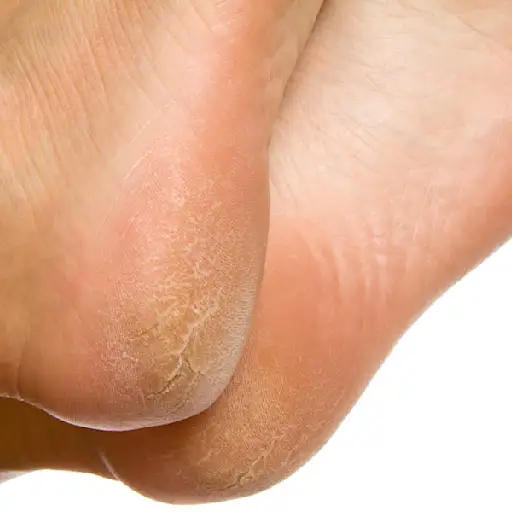



6 Ways Menopause Causes Foot Pain Plus The Best Solutions




Why Do Corns Calluses Keep Coming Back Clark Nj Foot Doctor




Corns And Calluses Symptoms And Causes Mayo Clinic




Calluses Specialist Hoboken Jersey City Ridgefield Bloomfield Nj Foot Ankle Premier Specialists Podiatrists Foot And Ankle Surgeons
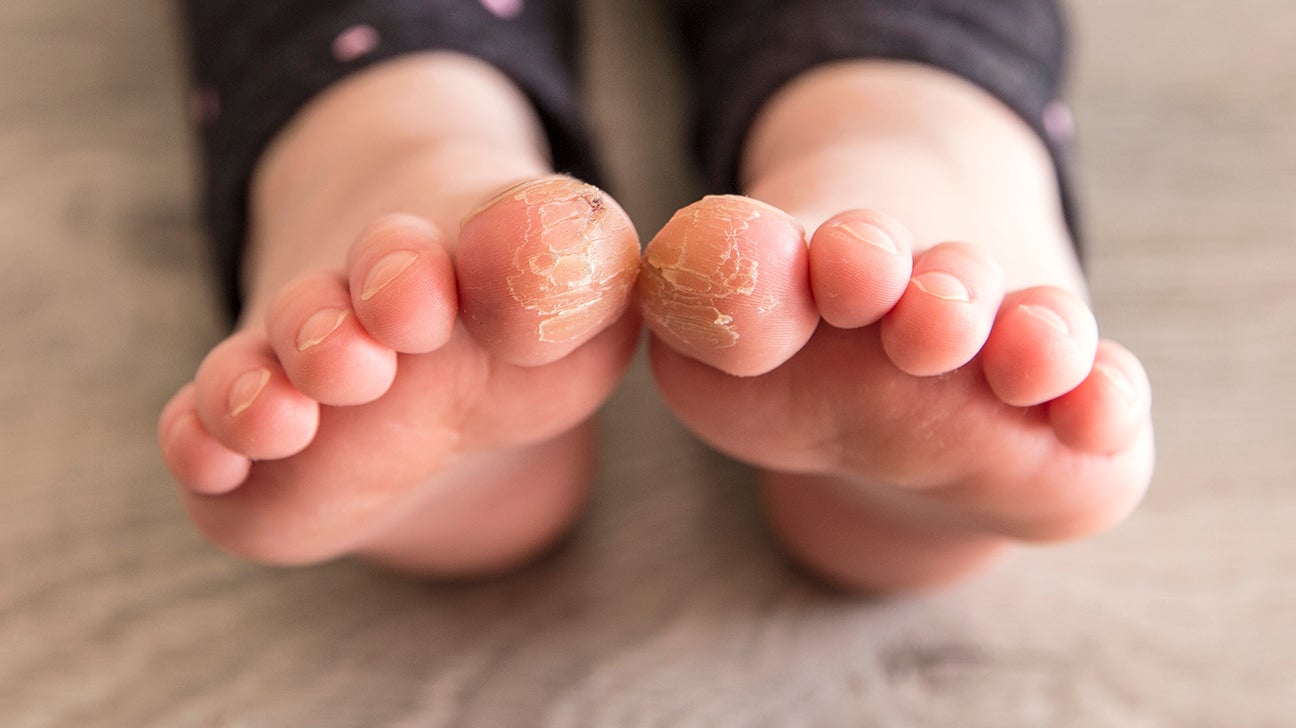



Skin Fissure Causes Treatments And How To Heal




Callus Under Foot Person With Callus Located Under Foot Close To Toes Towards White Canstock




Plantar Callus Bottom Of Feet Removal Treatment Vs Plantar Wart




Hard Skin On Your Feet It Might Be A Callosity Foot Com




When Does Painful Hard Skin Become A Problem Compleet Feet




Hard Skin Hard Facts



Common Foot Problems




What Is This Adolescent S Painful Hyperkeratotic Foot Lesion Consultant360




1 Pair 2pcs Beige Metatarsal Cushion Silicone Gel Pad Ball Of Foot Pain Forefoot Pads Shoe Insole Toe Foot Care Tool Foot Care Tool Aliexpress




10 Common Foot Problems And How To Manage Them Everyday Health




Hard Skin On Feet The Guide For How To Remove Hard Skin From Feet
:max_bytes(150000):strip_icc()/GettyImages-670950774-4397558556f04966886fbf823aa4ac50.jpg)



Skin Conditions That Make Your Feet Itch




11 Most Common Foot Lumps And Bumps Explained
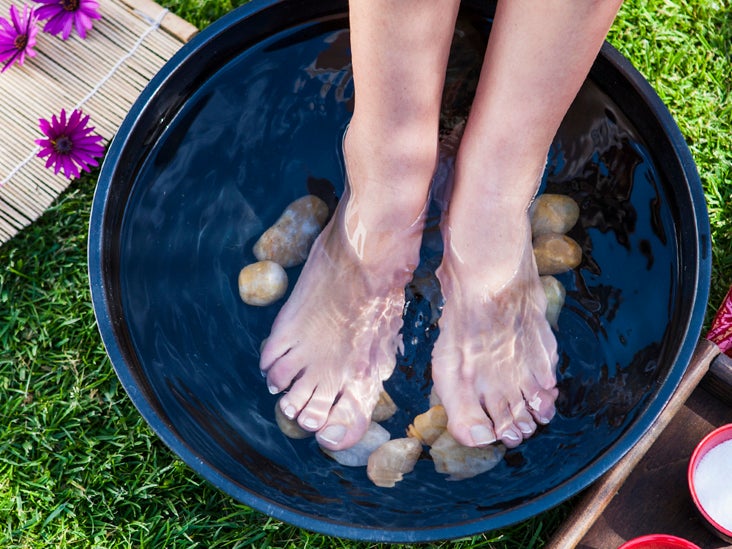



Hard Skin Removal How To Do It At Home And Keep It From Growing




Hard Skin On Feet Diagnosis Home Removal
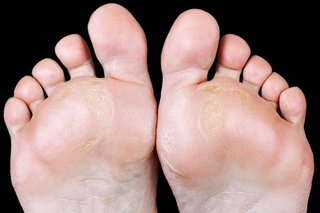



Corns And Calluses Nhs
/footpainfinal-01-d507e82b3e844d068c0089cbb7004d76.png)



Foot Pain Causes Treatment And When To See A Doctor




The Do S Dont S Of Callus Removal Footlogix Australia




Callus Under Foot Isolated Towards Stock Image Colourbox




Painful Hard Skin On Side Of Big Toe Shop Clothing Shoes Online
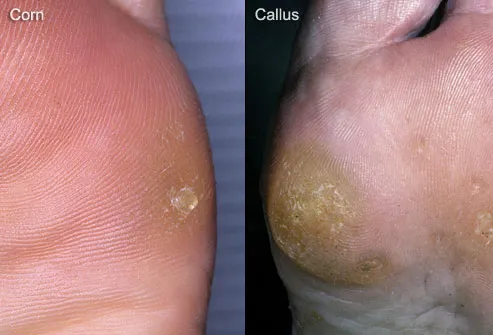



Picture Of Corns And Calluses




Corns And Calluses What S The Difference And How Can I Treat Them



1




Amazon Com Dr Foot S Gel Toe Caps Prevents Callus Relieve Pain From Corns Blisters Hammer Toes Bunion Pain Relief 4 Pairs Beige Health Household




Buy Zeeva Chrome Plated Glass Foot File Foot Care Pedicure Tool Hard Skin Cuticle Remover Scrubber Great For Dead Skin Removal Cracking Used On Both Wet And Dry Feet Online In Turkey



1
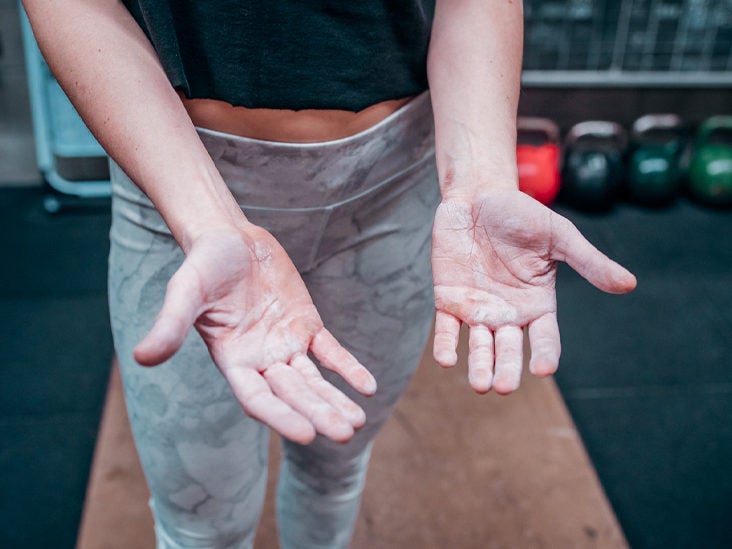



Corns And Calluses Causes Symptoms And Treatments
/corns-callus-Andrew-Bossi-Wikimedia-Commons-CC-BY-SA-2-5-06d80030c3724c7a89338aa058274ab7.jpg)



Symptoms And Treatment For Corns And Calluses



Common Foot Problems
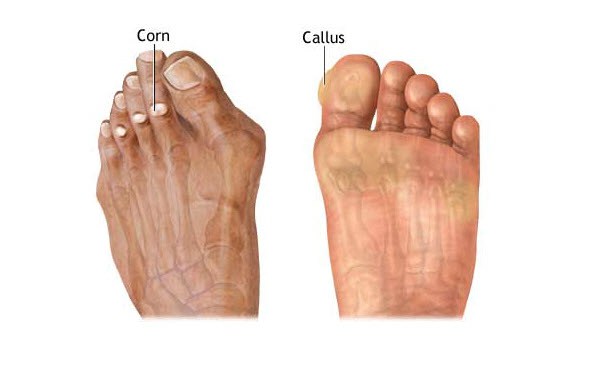



Painful Feet Could It Be Corns And Callus Podiatry First



0 件のコメント:
コメントを投稿